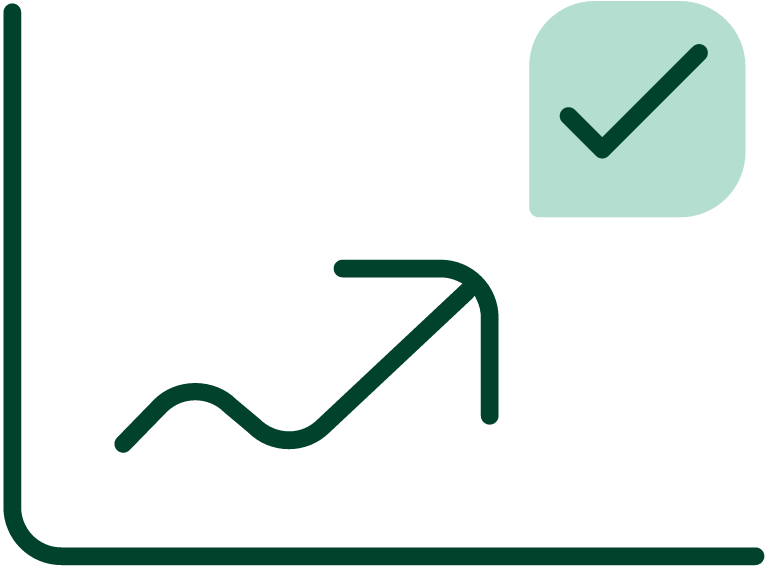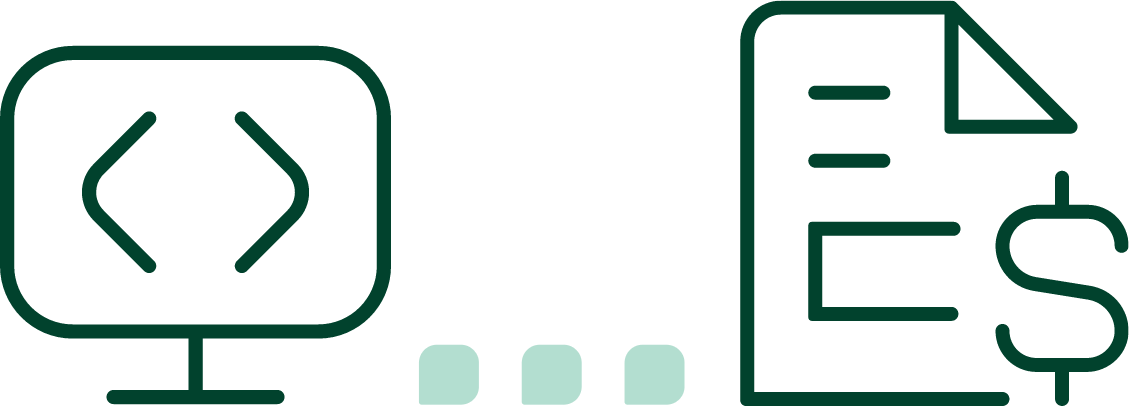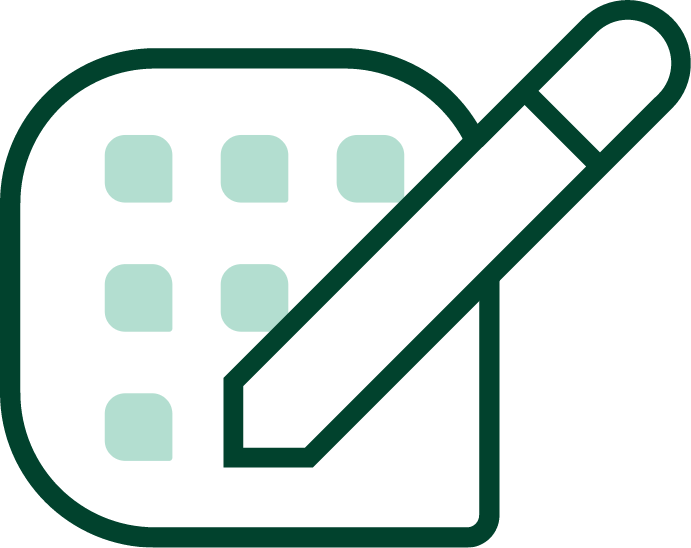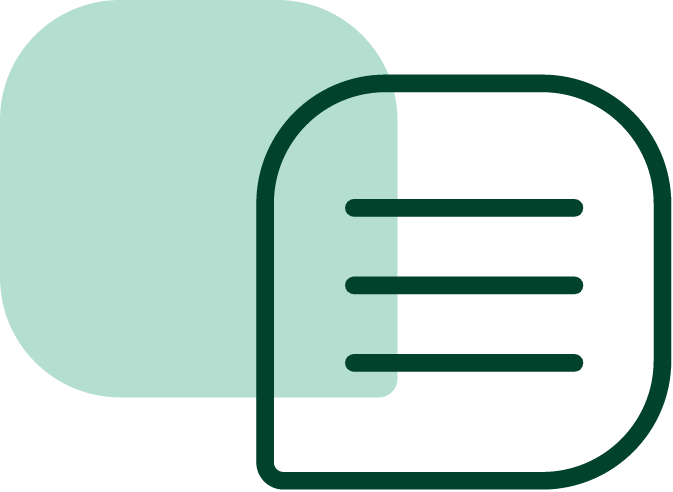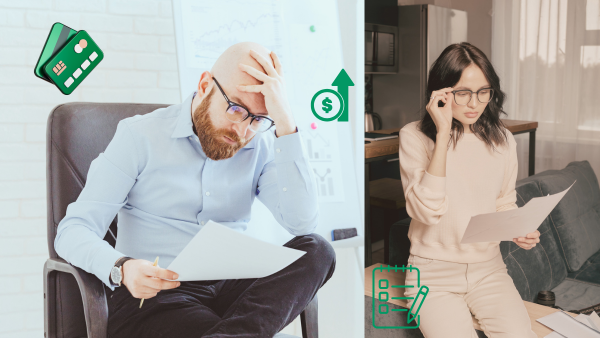Key Takeaways
- Accounts receivable analysis provides essential insights into customer payment behavior, helping businesses improve cash flow and reduce risk.
- The process enables accounts receivable reporting that supports better strategic decision-making.
- A/R data analysis tools help identify overdue accounts, credit risks, and inefficiencies within the receivables process.
- By optimizing A/R processes, companies can significantly reduce DSO (Days Sales Outstanding) and improve liquidity.
- Following A/R management best practices ensures accurate forecasting, better collections, and healthier customer relationships.
Of all the data financial departments love to monitor, accounts receivable often tops the list. After all, it determines how much revenue your business receives. This, in turn, affects its ability to meet financial obligations, such as repaying business loans and making payroll. Is it time for your business to complete an accounts receivable analysis?
What is Accounts Receivable Analysis?
This type of analysis reviews your company’s accounts receivable data to improve cash flow and make better business decisions. Although this is optimally performed with an accounts receivables automation software, simply starting by asking a few questions will get your financial department off to a good start.
These are some of the steps you can take:
- Examine your customer base: Who are your best customers? Which ones take the longest to pay?
- Review your invoicing process: Are you invoicing correctly? Do you need to make changes to the way you bill customers?
- Analyze your payment terms: Should you change your payment terms? How well are the existing terms working? Are you offering enough or too much credit to customers?
- Document your findings: What have you learned after completing the analysis? What job functions does it affect and how can you improve business processes?
🔍 Understand Your A/R Performance to Unlock Growth
-
Discover how Accounts Receivable (A/R) Analysis boosts cash flow and improves business decisions
-
Learn key objectives: reduce DSO, assess collection efficiency, and identify bottlenecks
-
See why timely analysis leads to stronger customer relationships and fewer payment delays
-
Leverage real-time insights to better manage working capital and forecast revenue
👉 Ready to take control of your receivables?
Watch our Product DemoAccounts Receivable Goals
When conducting an accounts receivable analysis, you must first determine what you hope to accomplish and why. Generally speaking, the main aim of this analysis is to help the business improve its A/R process.
Consider these additional objectives:
- To better understand the customer base and develop strategies for improving customer relations
- To identify problem areas in the A/R process and make changes to improve efficiency
- To find ways to encourage customers to pay invoices on time
- To proactively identify customers that may put your organization at a high risk for bad debt
- To facilitate more accurate and faster matching of payments to invoices to optimize cash flow
- Optimize credit limits and enforce them better
The Importance of Accounts Receivable Data
The accounts receivable team handles a lot of data, such as invoices and customer information. Consequently, failure to analyze this data can cause severe losses and missed opportunities. One of the best outcomes of analyses is that they can answer some pressing questions a business might have.
Consider the following examples:
- How much revenue does your business generate? Are you able to collect invoices on all of the revenue your business generates?
- How quickly are customers paying their invoices?
- What are the average days sales outstanding?
- Are you offering discounts for early payment?
- What is the company’s financial position?
- How much cash is the company gaining or losing?
- How much bad debt does the company have, and how has this changed over time?
- Are we offering the right amount of credit to customers based on their creditworthiness?
- Are there invoice processing delays? If so, what can they be attributed to?
- Does your business reconcile payments accurately each month?
Accounts Receivable Aging Analysis
Generating aging reports is one of the most common ways the A/R team tracks what customers owe and how much they owe. This metric generally breaks delinquencies into separate categories, usually in 30-day increments. The increments can vary across companies, but below is a typical example:
- 1 to 30 days delinquent
- 31 to 60 days delinquent
- 61 to 90 days delinquent
Companies generally time their dunning notices to these increments. With each new notice, the tone becomes stricter and more demanding. In some cases, the company might choose to send more frequent prompts for payment.
After more than a year of a customer failing to pay, most businesses prepare to write off the debt. That could also involve severing ties with the client and selling the debt to a collection agency. Some companies might also choose to take the company to court.
KPIs for Accounts Receivables Collections Analysis
When reporting on an accounts receivable analysis to the A/R team or other departments within your organization, there are different key performance indicators you can use to measure the health of your accounts receivable. The most common is DSO. This measures how quickly customers pay their invoices. While this is, by far, the most common metric A/R teams measure, it cannot operate in a vacuum.
Consider these additional KPIs:
- Bad debt ratio: This measures the monetary value of receivables you believe you cannot collect.
- Percentage of invoices paid late: This gives you an idea of how many customers pay their bills on time.
- A/R turnover ratio: This measures how quickly you collect receivables.
- Aging analysis: This helps you understand which invoices are at risk of becoming delinquent.
- Collection effectiveness index: This measures how well you collect payments from customers.
- Customer risk rating: This assesses the risk a customer poses to your company that unpaid or outstanding invoices become bad debt.
Valuable Accounts Receivable Analysis Report Capabilities
You could invest a significant portion of time analyzing your A/R performance and strategizing. But, without the right capabilities, it will feel like an uphill battle. Look for an automation software that makes it easy to:
- Generate aging reports
- Analyze customer payment patterns
- Identify late-paying customers
- Accounts receivables collections automation
- Automate dunning notice management
- Monitor and manage credit
- Automate cash application
- Manage disputes and deductions
- Payment forecasting
You might also need a payment portal that provides your clients with various online payment options. For example, some might prefer to pay in person via credit or debit card. Others might like to pay online. Some might even send paper checks.
How Gaviti Analyzes Your A/R Data
Gaviti’s invoice-to-cash A/R management and automation platforms streamlines your accounts receivable process, centralizing the data in one point for greater visibility to both the A/R department and the entire organization.
Its modules include:
- A/R management. Automate collections actions with reminders, internal or external escalations based on predefined criteria such as payment due date or history, credit terms or aging of the invoice.
- Collections analytics. Get a holistic view of your A/R data that includes a combination of traditional metrics such as DSO, collections, customer risk, etc., and unique KPIs.
- Cash application. Automatically match customer invoices against payments with 100% accuracy using Gaviti’s payment gateway. Manage your cash from multiple sources and ensure precise cash allocation with both single and multi-bank connectivity.
- Credit management and monitoring. Send online credit applications to existing and potential customers to evaluate customer’s creditworthiness. Get alerts in real-time of which customers are going beyond a predetermined credit threshold and reduce your risk of bad debt.
- Disputes and deductions. Track, sort, classify different types of disputes to analyze which types of disputes are recurring, and gain insights into how to minimize them in the future. Collaborate between departments to resolve disputes effectively.
- Self-service payer portal. Enhance the customer experience by offering a variety of payment options that include ACH, electronic payments, check, debit and credit customers and more. Customers can also use it to view invoices, payment history and any customer credit requests.
Want to learn more about how you can analyze your accounts receivable data with Gaviti? Speak to a Specialist.
Frequently Asked Questions About Accounts Receivable Analysis
How often should a company perform an A/R analysis?
Companies should conduct an A/R analysis monthly, at a minimum. Regular analysis ensures timely detection of payment delays, cash flow issues, and customer risk patterns—allowing proactive measures and ongoing automated A/R analytics to stay ahead of potential losses.
Why is aging analysis crucial for managing accounts receivable?
Aging analysis segments receivables by the length of time outstanding. This helps businesses prioritize collections and flag delinquent accounts early, which is critical for maintaining cash flow and mitigating credit risk.
Can A/R analysis improve customer relationships?
Yes. By identifying payment trends and preferences, AR analysis enables personalized outreach and credit terms. Transparent communication based on data builds trust and allows more strategic engagement with clients.
How does automating A/R analysis reduce bad debt?
Automation ensures faster detection of overdue invoices, real-time alerts, and consistent follow-ups. This reduces human error, speeds up recovery, and minimizes outstanding receivables—effectively lowering the risk of bad debt accumulation.


